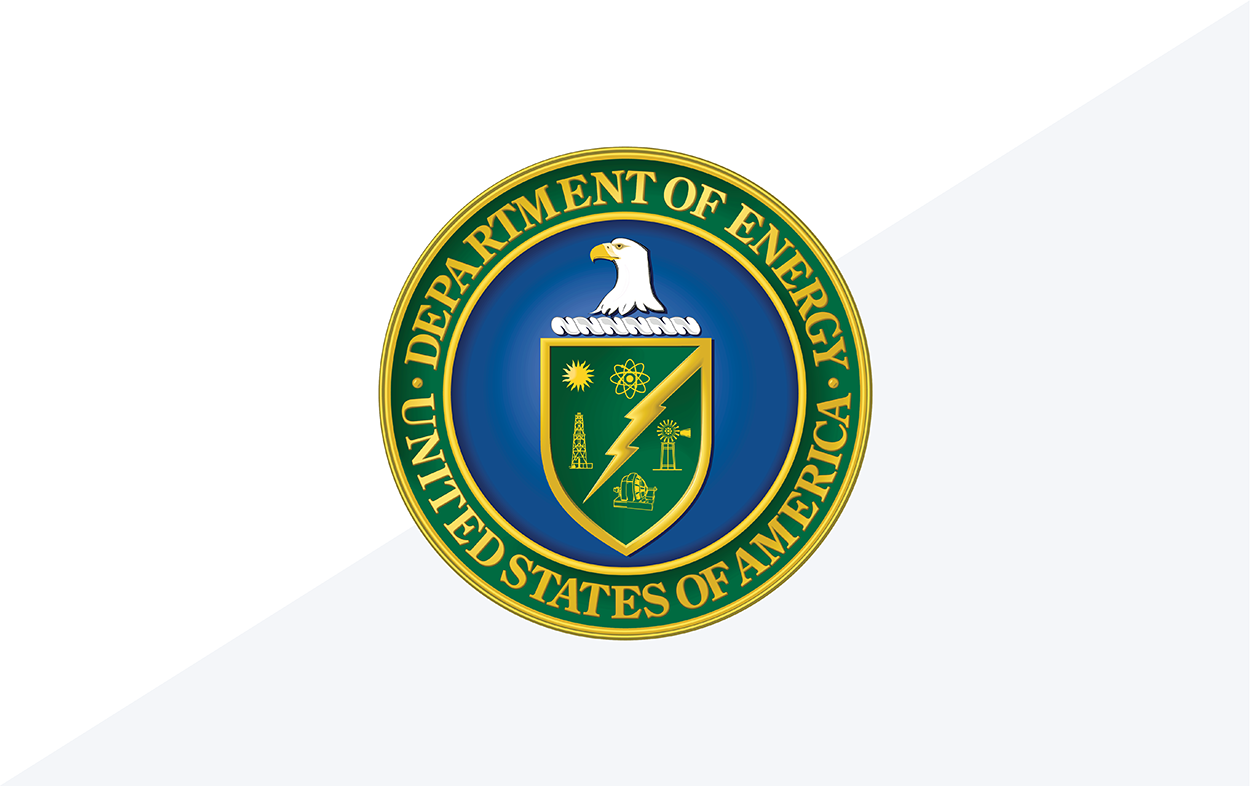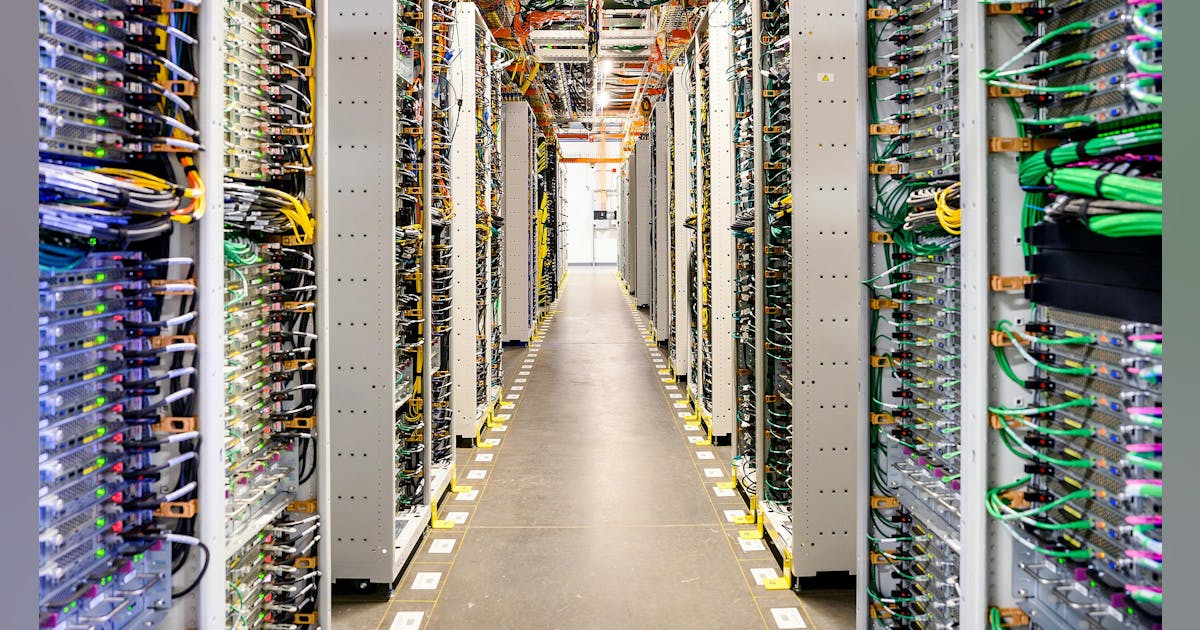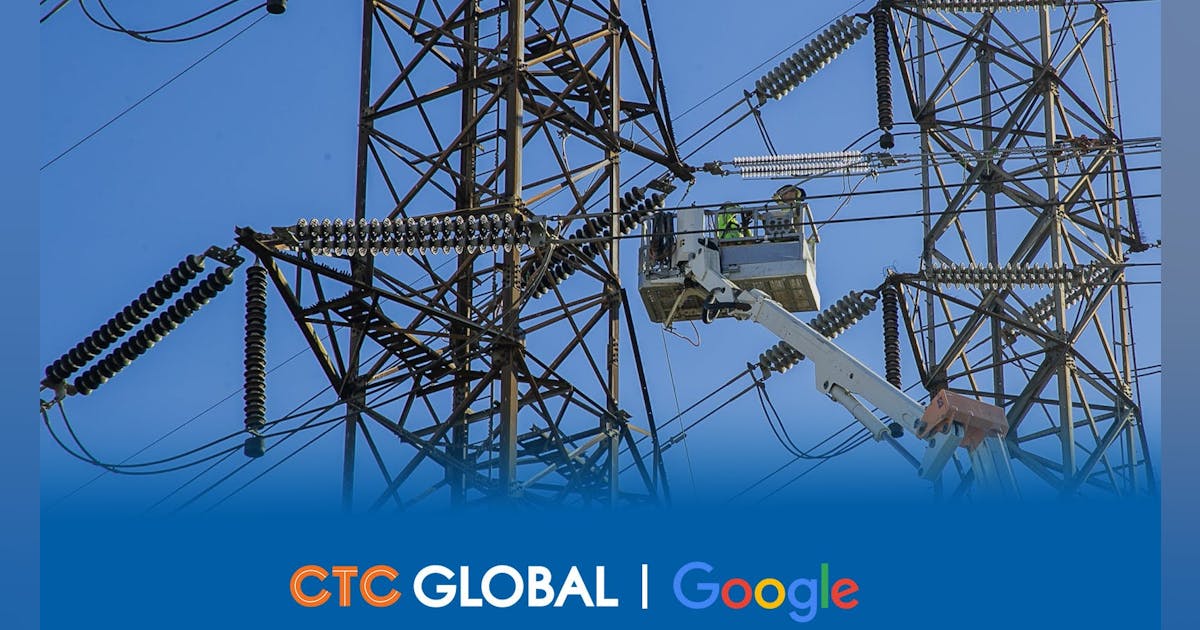
Texas isn’t the first state to begin attempting to regulate energy use statewide. The impact of this legislation could shape how other states, of which there are at least a dozen in process, could shape their own programs.
What are Other States Doing?
There’s a clear shift toward targeted utility regulation for mega-load data centers. States are increasingly requiring cost alignment, with large consumers bearing infrastructure costs rather than residential cross-subsidization and implementing specialized contract/tariff terms, taking advantage of these huge contracts to uniquely tailor each contract.
These agreements are also being used to enforce environmental responsibility through reporting mandates and permitting. And for those estates still focusing on incentivization to draw data center business, coupling incentives with guardrails, balancing investment attraction with equitable distribution.
What follows is a brief overview of U.S. states that have enacted or proposed special utility regulations and requirements for data centers. The focus is on tariffs, cost-allocation mechanisms, green mandates, billing structures, and transparency rules.
California
SB 57 (2025): Introduces a special electricity tariff for large users—including data centers—with embedded zero-carbon procurement targets, aiming to integrate grid reliability with emissions goals.
AB 222 (2025): Targets consumption transparency, requiring data centers to report energy usage with a specific focus on AI-driven load.
Broader California Public Utilities actions: Proposals for efficiency mandates like airflow containment via Title 24; opening utility rate cases to analyze infrastructure cost recovery from large consumers.
Georgia
Public Service Commission rule changes (January 2025): Georgia Power can impose minimum billing, longer contract durations, and special terms for customers with loads >100 MW—chiefly data centers.
SB 34: Mandates that data centers either assume full infrastructure costs or pay equitably—not distributing these costs to residential users.
Ohio
AEP Ohio proposed in 2024: For loads >25 MW (data centers, crypto), demand minimum charges, 10-year contracts, and exit penalties before new infrastructure construction.
Focused state utility scrutiny to prevent cost-shifting onto lower-capacity consumers.
South Carolina
New energy law (May 2025): Empowers utilities like Santee Cooper to charge special higher rates to data centers and large users; institutes annual rate increases and makes appealing rate increases in these classes more difficult.
In response, Santee Cooper’s four-year experimental special rate for megawatt-level users is now operational.
Utah
Senate Bill 132: Enables direct power contracts between utilities and major users like data centers. The bill would bypass residential rate pools and add transparent, utility-protected oversight.
Minnesota
House File 3007: Implements stricter water-use permits for high-volume data centers (e.g., 100 million gallons annually), tightening environmental oversight.
Illinois
SB 94 is a little different perspective. It targets national security; data centers owned by “foreign adversaries” must undergo grid supply impact assessments.
Broader reform bills are also being considered that aim to limit data center–induced rate spikes by promoting renewables, storage, and scrutinizing energy projects.
New Jersey
Proposed bill (June 2025): Introduces a dedicated rate class for data centers exceeding 100 MW monthly demand.
Nevada
Regulators are approving data-center-specific tariffs (2025); NV Energy may offer clean energy-only rates to meet environmental goals.
Local Legislation, National Implications
The issue of regulating large-scale data center energy use has become a growing focal point for state policymakers, but there’s no one-size-fits-all approach. Each state is addressing the challenge through its own lens, often driven by local political priorities or the concerns of a single regulator or legislator. For now, these efforts remain primarily state- and region-specific.
What’s emerging, however, is a broader trend toward targeted utility oversight for large energy users like data centers. This evolving regulatory landscape introduces a new layer of complexity, particularly for operators with a multi-state footprint. Developers should expect higher upfront costs, increased reporting requirements, and closer scrutiny.
At the same time, these changes present new opportunities for operators that prioritize sustainability, transparency, and long-term grid partnership.



















